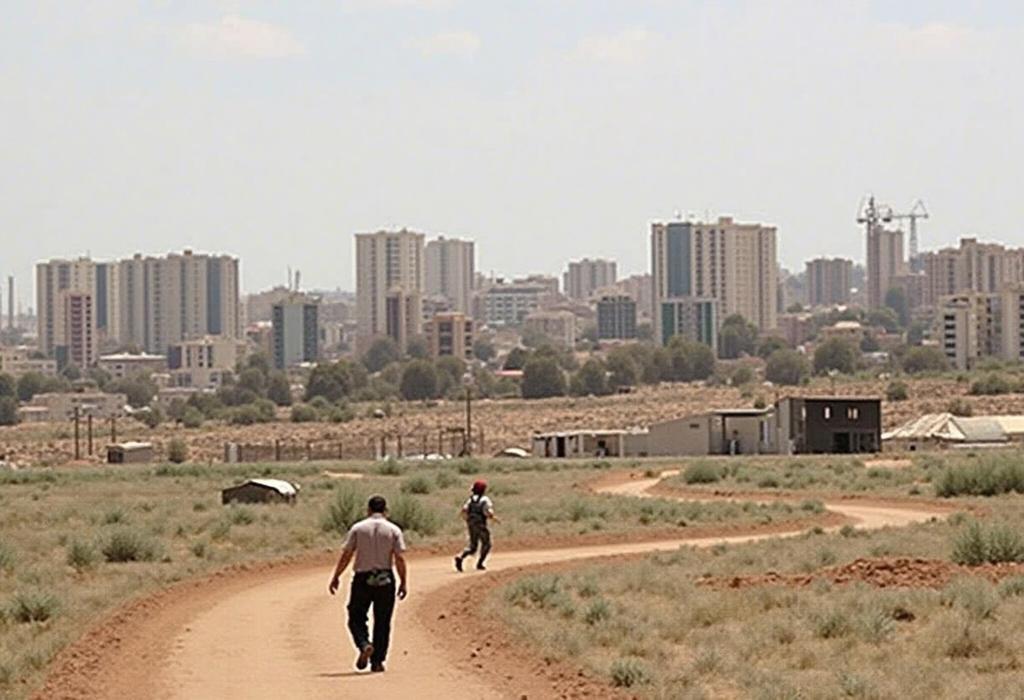The recent escalation in the Israel-Palestine conflict has seen Israel's military significantly expanding its control over the Gaza Strip, where more than half of the territory has reportedly become inaccessible to Palestinians. Defense Minister Israel Katz announced a plan to turn southern Gaza into buffer zones, impacting areas previously inhabited by a quarter-million residents and cutting off vital access points to neighboring Egypt, particularly the border city of Rafah. Reports indicate that almost 51,000 Palestinians have died as a result of the ongoing conflict, which Israel claims is aimed at pressuring Hamas to release hostages taken during the deadly October 7, 2023 attacks. This military strategy not only alters Gaza’s landscape but imposes substantial humanitarian consequences, as observed by individuals like Walid al-Mughayer, who described harrowing conditions faced by families attempting to evacuate under gunfire.
Critics within Israel, including reservist soldiers, are voicing discontent about the government's tactics, with some declaring it prioritizes political interests over national security. Protests have erupted against the current military operations, citing concerns that they endanger the lives of hostages still held in Gaza. Reports from reputable sources, including Haaretz and NPR, confirm that these operational changes are reshaping Gaza's geographical and social structure, creating a regime of extensive buffer zones that envelop shrinking enclaves of the Gazan population. The United Nations has voiced alarm, estimating hundreds of thousands of Palestinians have been newly displaced since the last resurgence of conflict in mid-March, with living conditions deteriorating to the point where individuals inhabit makeshift shelters made from debris. The Israeli government maintains that the creation of these zones is a necessary measure for national security, arguing they prevent Hamas from launching attacks against Israeli territories.
This situation depicts a complex interplay of military strategy, humanitarian crises, and national identity considerations, underscoring the dire consequences of prolonged conflict. As the situation in Gaza continues to evolve, the international community's response to these developments will be crucial in addressing the humanitarian needs of affected populations and the cyclical nature of violence in the region.
AD
AD
AD
AD
Bias Analysis
Bias Score:
75/100
Neutral
Biased
This news has been analyzed from 9 different sources.
Bias Assessment: The article exhibits a high level of bias, primarily by emphasizing the humanitarian impacts on the Palestinian population and detailing criticism of Israeli military actions while presenting Israel's narrative less prominently. The focus on casualties and the suffering of Gazans without equally exploring origins of the conflict contributes to a lopsided perspective that may evoke sympathy towards one side. The language reflects a clear condemnation of military strategies employed by Israel, which could influence reader perceptions significantly.
Key Questions About This Article




